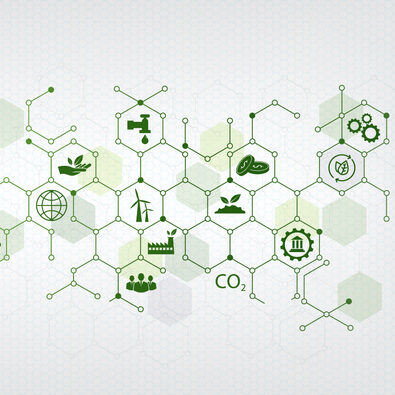E4SMA has developed or co-developed several regional models. We partnered in the development of the EU-TIMES model, and we developed the Central Asian Caspian region, the TIMES-CAC. This model covers Azerbaijan, Kazakhstan, Turkmenistan, and Uzbekistan.
The EU-TIMES
E4SMA co-developed the EU-TIMES model, which is the multi-region, European version of TIMES.
The EU-TIMES model represents the EU Member States and the neighboring countries. Each country is modelled as one region. The EU-TIMES model produces projections (or scenarios) of the EU energy system showing its evolution up to 2050 under different sets of specific technology and policy assumptions and constraints.
The model is designed to analyze the role of energy technologies and their innovation needs for meeting European policy targets related to energy and climate change. It models the uptake and deployment of technologies and their interaction with the energy infrastructure from an energy systems perspective.
Main features of the EU-TIMES:
- Considers both the supply and demand sides and includes the following seven sectors: primary energy supply (including transformation); electricity generation; industry; residential; commercial; agriculture; and transport.
- Includes in its base version 31 regions, connected by energy/emissions trade: The EU-27 (Austria, Belgium, Bulgaria, Croatia, Cyprus, Czech Republic, Germany, Denmark, Estonia, Spain, Finland, France, Greece, Hungary, Ireland, Italy, Lithuania, Luxemburg, Latvia, Malta, the Netherlands, Poland, Portugal, Romania, Sweden, Slovenia, Slovakia) and four Non-EU countries (UK, Switzerland, Iceland, Norway). The model can be optionally further expanded to the Balkans regions (Albania, Bosnia and Herzegovina, Kosovo, Macedonia, Montenegro, and Serbia).
- Each country is represented as one single region.
- The time horizon spans from 2010 (base year) until 2050, with a flexible number of intervals (from four to twelve).
- Twelve time-slices representing an average of day, night, and peak demand for every one of the four seasons of the year (e.g. summer day, summer night, and summer peak, etc.).
- Tracks the main sources of greenhouse gases in the energy sector, i.e. carbon dioxide (CO2) from both combustion and industrial processing. A special module of the EU-TIMES can be enabled to allow emissions trading across the model regions.
- Represents about 60 different types of energy services for the transport, residential, agricultural, commercial, industry, and non-energy sectors.
- Calibrated to the year 2010 (base-year) and key commodity variables aligned with statistics in the period 2011-2014. The calibration makes use of a combination of the latest available information and statistics about the EU energy sectors, namely: energy balances from Eurostat and IEA (only for regions currently not covered by Eurostat), and detailed databases such as JRC-IDEES, TRACCS, and ENTRANZE.
- A technology-rich model that represents most major fossil fuel and low-carbon technologies that are envisaged to be available (for those systems) for at least the first half of the 21st century.
We have prepared detailed documentation on the EU-TIMES model and made it available on the I2AMParis platform.
E4SMA has used the EU-TIMES model in two projects:
- A multi-model analysis of the transformations of the EU energy system 2030-2050 commissioned by the EU Commission.
- PARIS REINFORCE
The TIMES-CAC
E4SMA has developed a multi-regional model of the Central Asian Caspian (CAC) region, the TIMES-CAC. The model covers Azerbaijan, Kazakhstan, Turkmenistan, and Uzbekistan. The time horizon spans from 2017 to 2050.
The TIMES-CAC is an integrated bottom-up partial-equilibrium energy system model. It assembles the four separate, but structurally consistent single-region TIMES country models of Azerbaijan, Kazakhstan, Turkmenistan, and Uzbekistan by interconnecting them through the representation of energy flows and emission permit exchanges.
The multiregional model is designed and developed as a comprehensive framework. It enables users to explore national and/or supra-national forces in a long-term horizon (until 2050) to test the effects of long-term energy export strategies on the energy systems of the CAC countries. Likewise, the model allows for analyzing trade-off curves between risk indicators and key KPIs, such as the system cost, the quantities exported, the corresponding revenues, and the emission reduction ambitions.
E4SMA has developed the model using the TIMES modelling framework, the user interface VEDA2.0 for data handling and the GAMS/CPLEX modelling language and optimizer.
We have prepared detailed documentation on the model and made it available on the I2AMPARIS platform.

